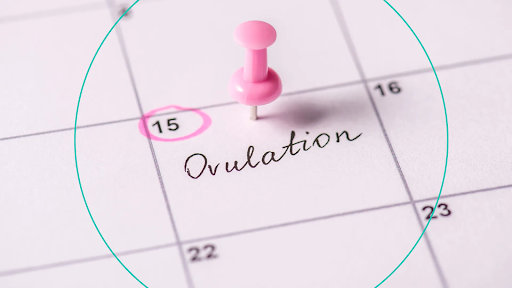Also known as mid-cycle bleeding or ovulation spotting, ovulation bleeding is a phenomenon experienced by some women during their menstrual cycle. While it can be a cause for concern, understanding its causes, symptoms, and significance can help alleviate worries and provide reassurance. In this blog post, we will delve into the topic of ovulation bleeding to determine whether it is normal or a cause for concern.
What is Ovulation Bleeding?
Ovulation bleeding refers to light spotting or discharge that occurs during the ovulation phase of a woman’s menstrual cycle. It typically happens around the middle of the cycle when a mature egg is released from the ovary. The bleeding may vary in intensity, ranging from light pink or brown spotting to more noticeable red bleeding. While not all women experience ovulation bleeding, it is estimated that about 20% of women may notice it at some point in their reproductive years.
Possible Causes of Ovulation Bleeding
There are several reasons why ovulation bleeding may occur. One possible cause is the surge in estrogen levels just before ovulation. This hormonal fluctuation can lead to the thinning of the uterine lining, resulting in light bleeding. Another cause can be attributed to the rupture of the follicle during ovulation, which may cause a small amount of bleeding. Additionally, the release of the egg can cause irritation or trauma to the surrounding blood vessels, leading to spotting.
Distinguishing Ovulation Bleeding from Other Types of Bleeding
It is important to differentiate ovulation bleeding from other types of bleeding to better understand its significance. Ovulation bleeding is typically lighter and shorter in duration compared to menstrual bleeding. It often lasts for a day or two and may be accompanied by mild abdominal cramping. Additionally, ovulation bleeding tends to occur around the middle of the menstrual cycle, usually 10 to 16 days before the next period. If the bleeding is heavy, lasts longer than a few days, or is accompanied by severe pain, it is advisable to consult a healthcare professional.
The Significance of Ovulation Bleeding
In most cases, ovulation bleeding is considered a normal and harmless occurrence. It is often viewed as a sign of fertility, indicating that a woman is ovulating and has the potential to conceive. For couples trying to conceive, ovulation bleeding can be a useful marker for identifying the most fertile period. However, if a woman experiences persistent or recurring ovulation, bleeding may indicate an underlying health issue, such as hormonal imbalances, polyps, or infections. In such cases, seeking medical advice for proper evaluation and treatment is advisable.
When to Consult a Healthcare Professional
While ovulation bleeding is generally considered normal, there are instances where medical attention should be sought. If the bleeding is heavy, lasts longer than a couple of days, or is accompanied by severe pelvic pain, it could be a sign of an underlying medical condition. Additionally, if a woman has been actively trying to conceive without success or has a history of reproductive disorders, it is recommended to consult a healthcare professional for a thorough evaluation.
The Bottom Line
Decoding ovulation bleeding can help women understand whether it is normal or a cause for concern. While ovulation bleeding is generally considered a natural occurrence and a sign of fertility, it is important to be aware of any unusual or persistent symptoms.












Leave a Reply